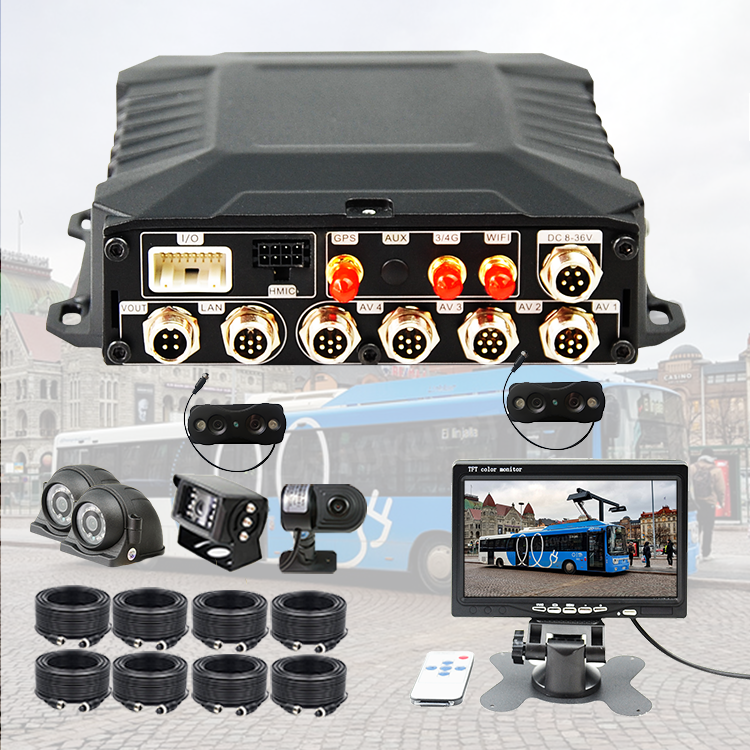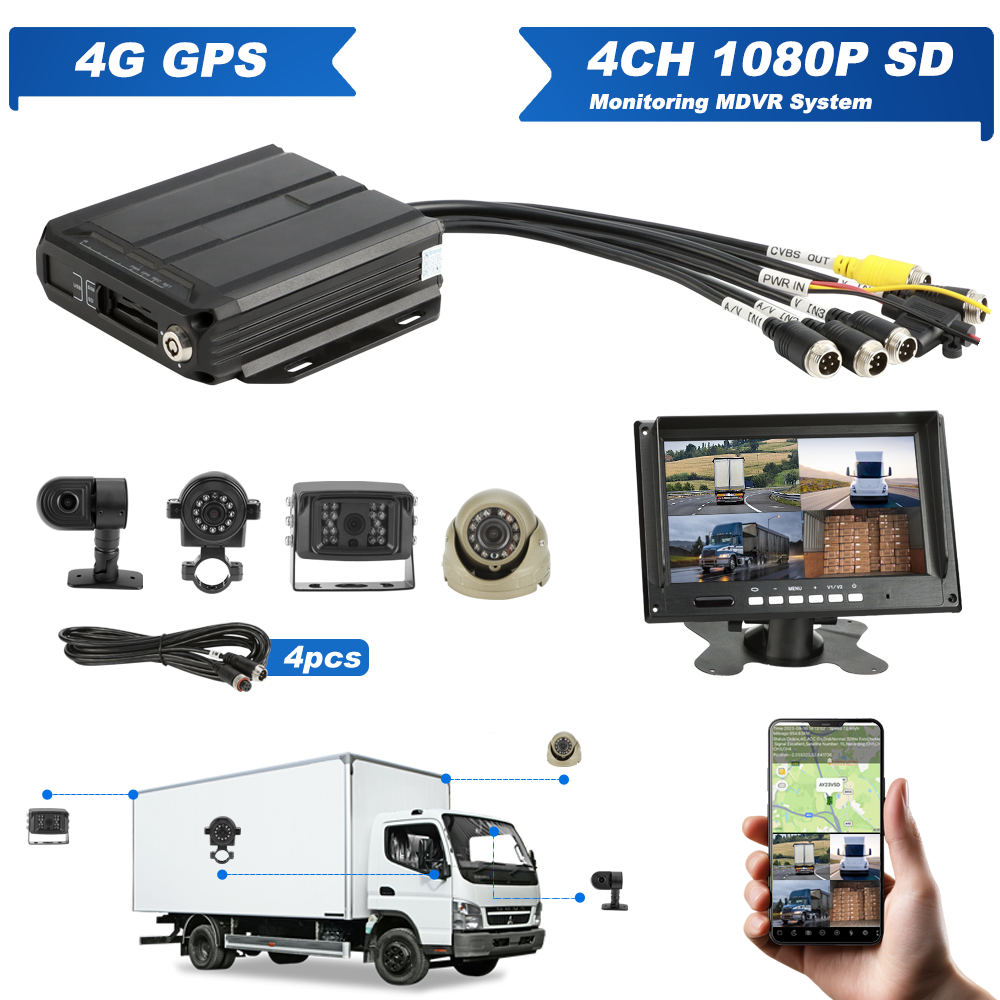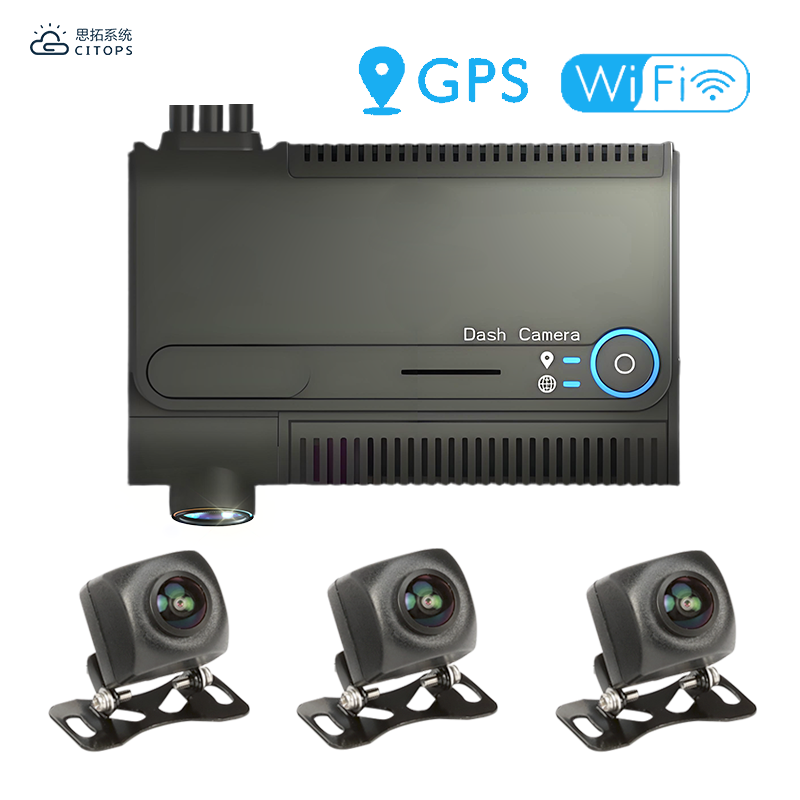truck dash camera system
A truck dash camera system is an advanced monitoring solution designed specifically for commercial vehicles, offering comprehensive surveillance and safety features. These systems typically consist of high-definition cameras mounted on both the front and interior of the truck cab, providing real-time video recording and monitoring capabilities. The system incorporates GPS tracking, which enables fleet managers to monitor vehicle location, speed, and route history. Advanced features include night vision technology, ensuring clear footage in low-light conditions, and wide-angle lenses that capture a broader view of the road and surroundings. The system automatically saves footage when triggered by sudden movements or impacts, utilizing G-sensor technology. Many modern truck dash cameras also include AI-powered features such as driver fatigue detection, lane departure warnings, and forward collision alerts. The recorded footage is typically stored both locally and in cloud-based systems, allowing for easy access and review of incidents. These systems often integrate with fleet management software, providing real-time alerts and comprehensive reporting capabilities. The technology also supports two-way communication between drivers and fleet managers, enhancing operational efficiency and safety protocols.


